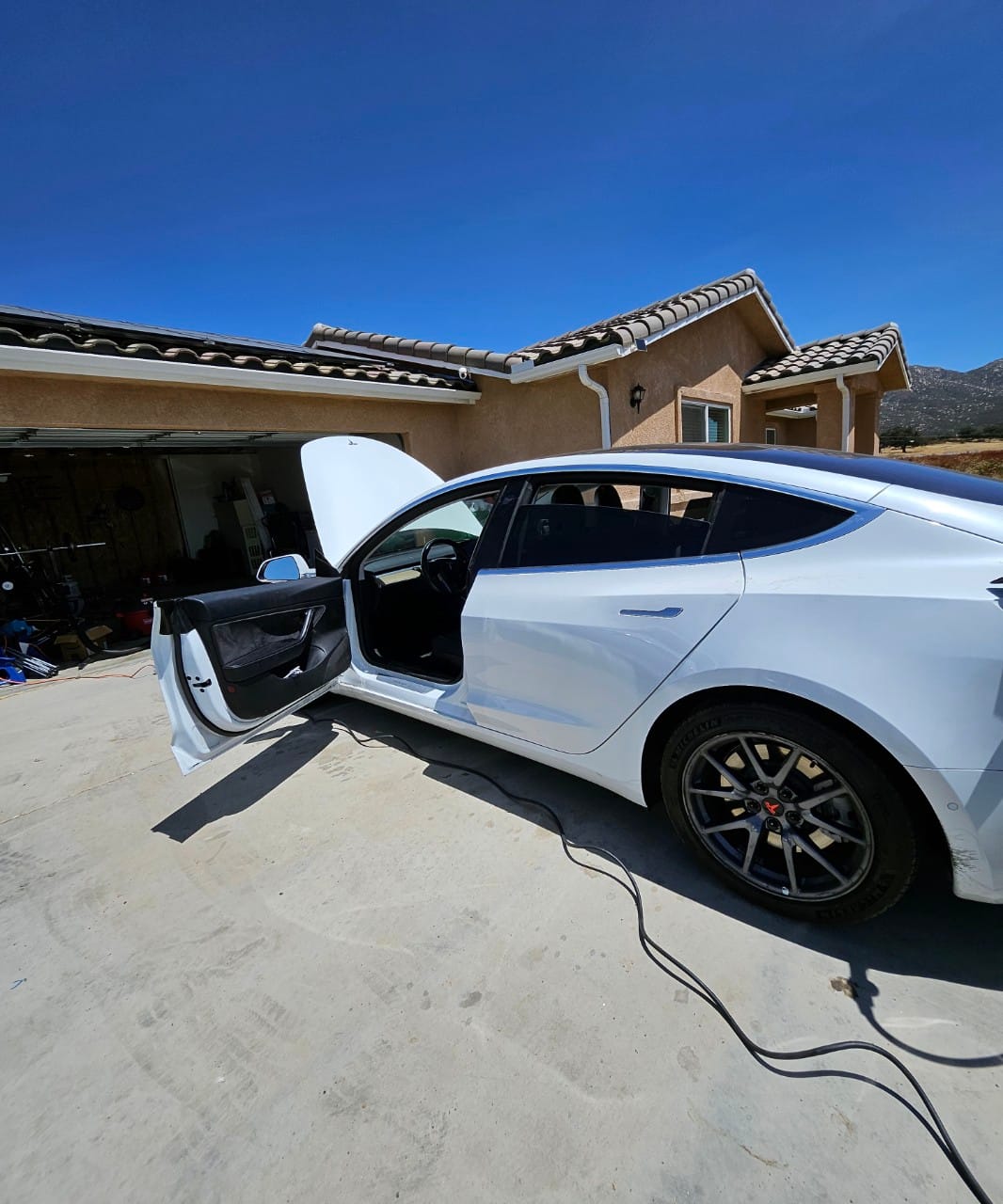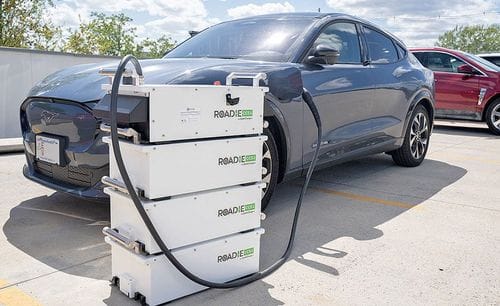As electric vehicle (EV) adoption continues to grow, businesses operating EV fleets are looking for ways to optimize their charging processes. Efficient charging is crucial for reducing costs, minimizing downtime, and ensuring that your fleet is always ready for action. This guide provides essential strategies for optimizing EV fleet charging, helping you get the most out of your investment.
Maximize the efficiency of your EV fleet charging with these optimization strategies. Learn how to reduce costs, minimize downtime, and enhance overall fleet performance.

1. Implement Smart Charging Strategies
Smart charging involves using advanced technologies to manage when and how your EV fleet charges. This approach can significantly reduce energy costs and improve fleet availability.
Time-of-Use (TOU) Rates
– **Leverage TOU Pricing:** Many utility companies offer lower electricity rates during off-peak hours. By scheduling fleet charging during these times, you can substantially reduce your energy expenses.**Automated Scheduling:** Utilize smart charging software that automates charging schedules based on TOU rates, ensuring that vehicles charge during the most cost-effective periods.
Load Management
– **Avoid Peak Demand Charges:** Managing the power load during charging can help you avoid peak demand charges. This can be achieved by staggering the charging times of different vehicles or limiting the power draw during peak periods.- **Dynamic Load Balancing:** Implement dynamic load balancing to distribute available power efficiently across all charging stations, ensuring that no single station draws excessive power.
2. Optimize Charging Infrastructure Placement
The placement of your charging infrastructure plays a critical role in maximizing efficiency and minimizing operational disruptions.
Centralized vs. Distributed Charging
– **Centralized Charging:** Centralized charging stations, located at a central depot or hub, can simplify management and maintenance. This setup is ideal for fleets that return to the same location daily.**Distributed Charging:** For fleets that operate across a wide area, distributed charging stations can reduce downtime by allowing vehicles to charge closer to their operation zones. This approach can also provide flexibility in route planning.
Site Selection
– **Assess Accessibility:** Choose locations that are easily accessible to your fleet, minimizing the time and distance required to reach a charging station.- **Evaluate Power Supply:** Ensure that your chosen sites have sufficient power capacity to support multiple charging stations without requiring costly infrastructure upgrades.
3. Monitor and Analyze Charging Data
Effective monitoring and analysis of charging data can provide valuable insights into your fleet’s charging patterns and identify areas for improvement.
Utilize Fleet Management Software
– **Real-Time Monitoring:** Use fleet management software to monitor charging status, energy consumption, and vehicle availability in real time. This allows you to make informed decisions and quickly address any issues.- **Data Analysis:** Analyze historical charging data to identify trends, such as peak charging times and energy usage patterns. Use this information to adjust charging schedules and optimize energy consumption.
Performance Metrics
– **Track Key Metrics:** Keep an eye on key performance metrics, such as cost per charge, average charging time, and vehicle downtime. Regularly review these metrics to ensure your charging strategy is delivering the desired results.

4. Invest in Scalable Charging Solutions
As your fleet grows, so will your charging needs. Investing in scalable charging solutions ensures that your infrastructure can expand without requiring significant additional investments.
Modular Charging Stations
– **Expand as Needed:** Choose modular charging stations that allow you to add more units as your fleet size increases. This approach enables you to scale up your infrastructure in a cost-effective manner.- **Future-Proof Technology:** Opt for charging stations that support future software updates and can accommodate advancements in EV technology.
Integration with Renewable Energy
– **Reduce Long-Term Costs:** Consider integrating renewable energy sources, such as solar panels, into your charging infrastructure. This not only reduces reliance on the grid but also lowers long-term operational costs.- **Sustainability Goals:** Align your fleet operations with sustainability goals by investing in renewable energy solutions, contributing to a reduced carbon footprint.
Conclusion
Optimizing EV fleet charging is essential for maximizing efficiency and reducing operational costs. By implementing smart charging strategies, optimizing infrastructure placement, monitoring data, and investing in scalable solutions, you can ensure that your fleet operates at peak performance.
Call to Action
Ready to optimize your EV fleet charging? Contact us today at [Your Contact Information] to learn more about our solutions and how we can help you achieve maximum efficiency.

